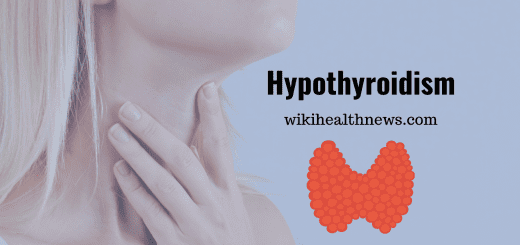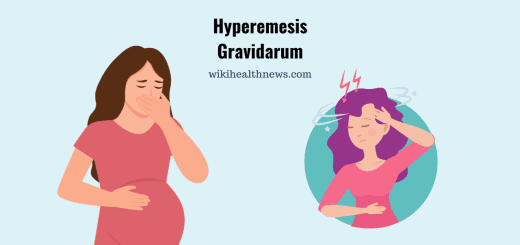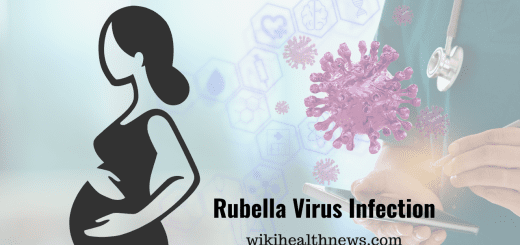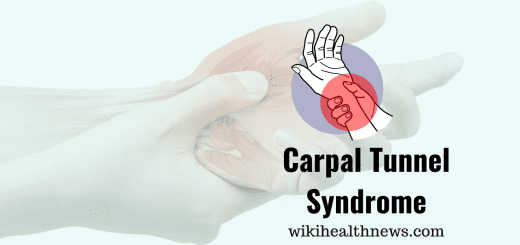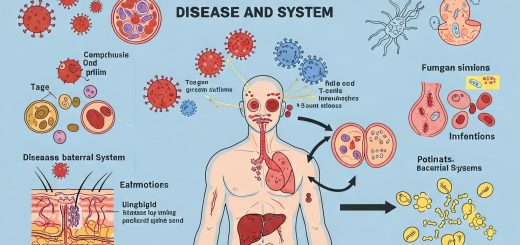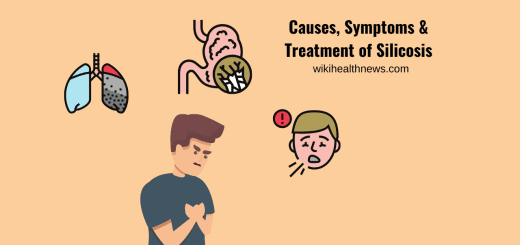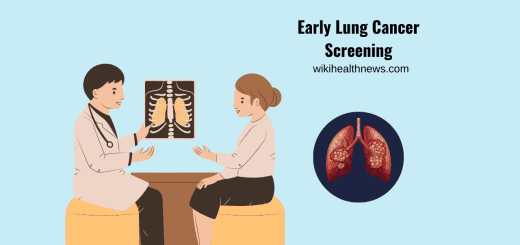Causes Of Umbilical Hernia In Children
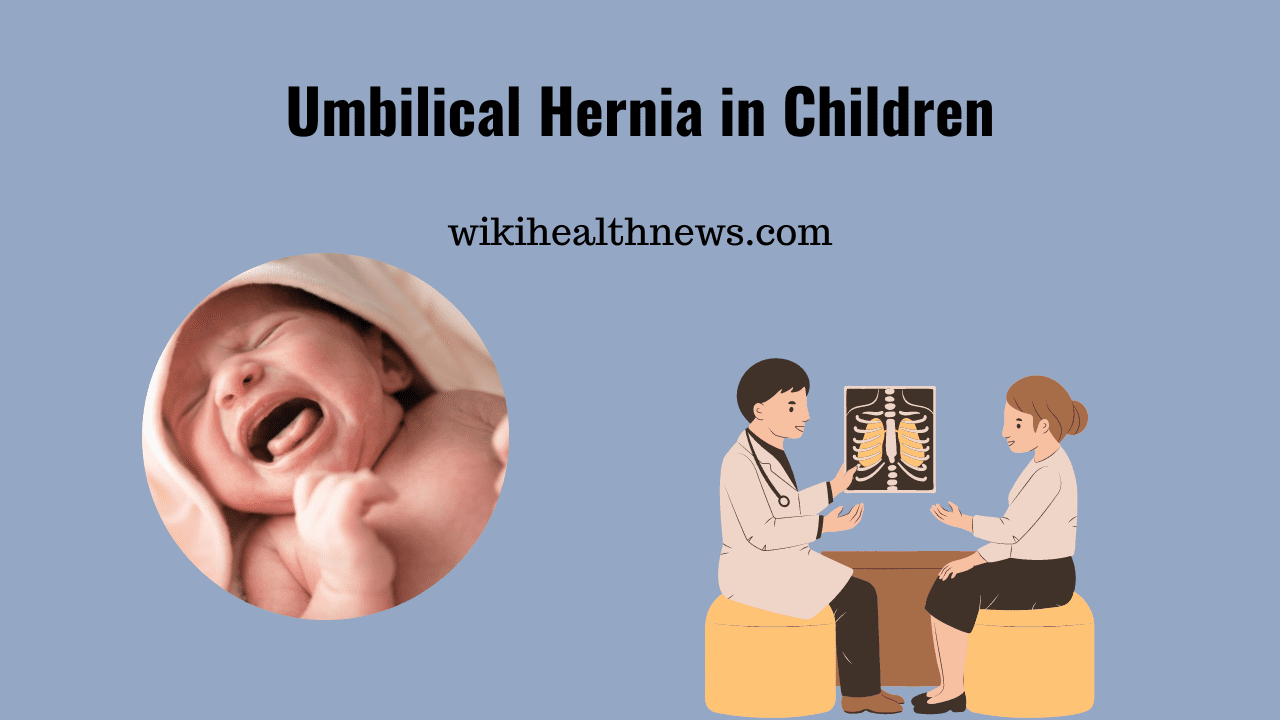
What is Umbilical Hernia?
Umbilical hernias are swollen bumps that appear when part of the intestines stick out through the abdominal muscles near the umbilical. If the baby has a bulge in and around the bellybutton, then it is known as umbilical hernia.
Before the umbilical cord falls off, then mother will notice that the area in abdomen seems to come out a little more when the baby cries. Or maybe, once the cord is fallen, then clearly see that hernia in their navel sticks. In some cases, even cannot able to see a bulge, then might be able to feel the hernia in abdomen or umbilical.
What causes umbilical hernia?
While a mother is pregnant, the umbilical cord is connected to the baby’s abdominal muscles through a small hole. This mostly closes up after the baby’s born. When it didn’t close then the gap that’s left is known as umbilical hernia. If intestines and fluid poke through the gape, they develop the belly to bulge or swell.
The way the doctor cuts or clamps the cord when the child is born will not affect umbilical and whether an umbilical hernia will form or not.
Umbilical hernia is common, but adults can also get umbilical hernias. Adult umbilical hernias often occur over time when abdominal pressure develops. You might have this because of:
- Chronic cough
- Extra belly fluid
- Problems urinating because of a large prostate
- Constipation
- Obesity
- Straining in childbirth or weightlifting
Symptoms in children
The mother will able to see the hernia most visually when the child cries, coughs, or strains while trying to poop. That’s because all of these activity put pressure on the abdomen. When the child rests, the mother cannot able to see the hernia. Usually, they don’t cause pain.
The pediatrician doctor can tell if there’s a hernia during a physical exam.
The mother needs to keep a close eye on the child’s hernia for signs that the intestine has been trapped in the hole and can’t able to go back in. this situation is known as incarcerated hernia.
Symptoms include:
- Pain around the bellybutton area
- Swelling in the area
- Discoloration of the bellybutton area
- Vomiting
If the mother notices any of these symptoms, take the baby to the emergency room.
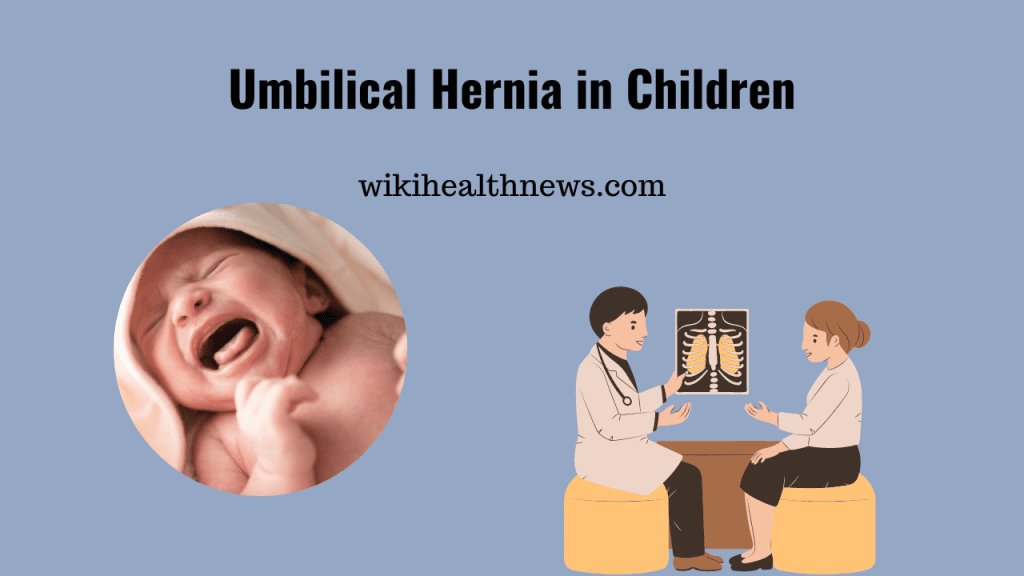
Diagnosis :
In case if you’re dealing with an umbilical hernia, the doctor will feel and look at the area while examine. They’ll ask about the symptom as history collection. The doctor will try to see if they can push the bulge of the hernia back inside of the abdomen. Sometimes a doctor will suggest getting a CT scan to check for complications.
Hernia treatment in children
Most umbilical hernias don’t need any emergency treatment. Mostly, the hole heals by its own on the time of child is 4 or 5 years old. Even if it doesn’t, then maybe it will get smaller. That’ll develop surgery a bit easier.
You might think it looks like the child needs to have an operation in very small age, but their doctor will suggest to wait and see if the problem goes away on its own. If the hole is large, then surely need a surgery before the child turns 4 or 5 in age.
The doctor will also recommend the surgery if the hernia is:
- Painful
- Larger than ½ to ¾ inch
- Large and doesn’t get smaller in the first 2 years of life
- Gets trapped or blocks intestines
The procedure will be done in a hospital or outpatient surgery center. It takes about 40-45 minutes procedure, and the child will be given anesthesia.
The surgeon will make a small incision just below the bellybutton. If any parts of the intestine is pokes throughout then that will push back where it belongs. The doctor will use suture to close the hernia. After the surgery, the child will stay at the hospital for 1 or 2 days and then they recover from the hernia. Most child can stay longer to see the complication of the surgery.
After Surgery
An over-the-counter pain medication will help the children to feel better after the surgery. As the baby recovers, they should avoid vagarious activity for 5 to 10 days and sports for 2 to 3 weeks.
The doctor needs a follow-up visit in 2 to 4 weeks.
Visit the doctor right away if the child has:
- A fever
- Redness, swelling, or pain
- A bulge near the navel
- Blood or smelly fluid near the cut
- Nausea, vomiting, diarrhea, or constipation that doesn’t get better
Umbilical hernia complications in children
Complications from umbilical hernias are not most common. If the hernia becomes incarcerated, the tissue or intestine will cause pain. This is a serious complication that can develop infection in the abdominal cavity and even death.
Adults are mostly to have an intestinal blockage as a complication of a trapped hernia. If it has a blockage, then need emergency surgery.
Read more
